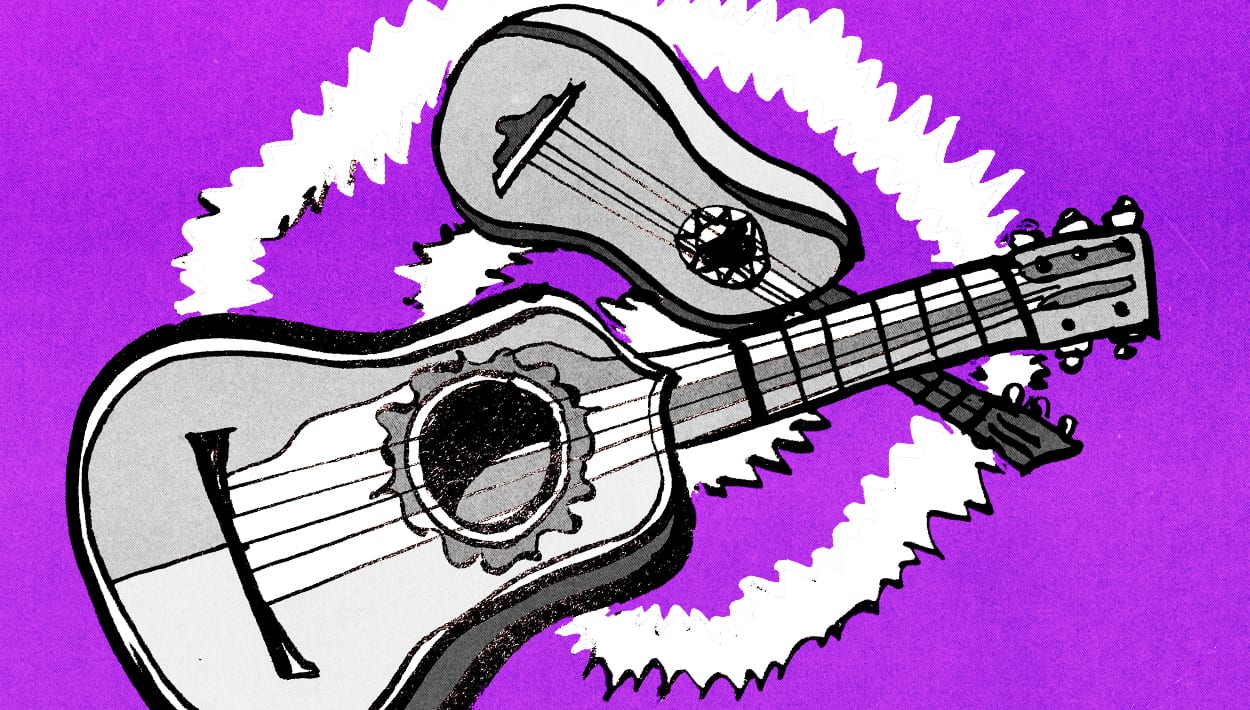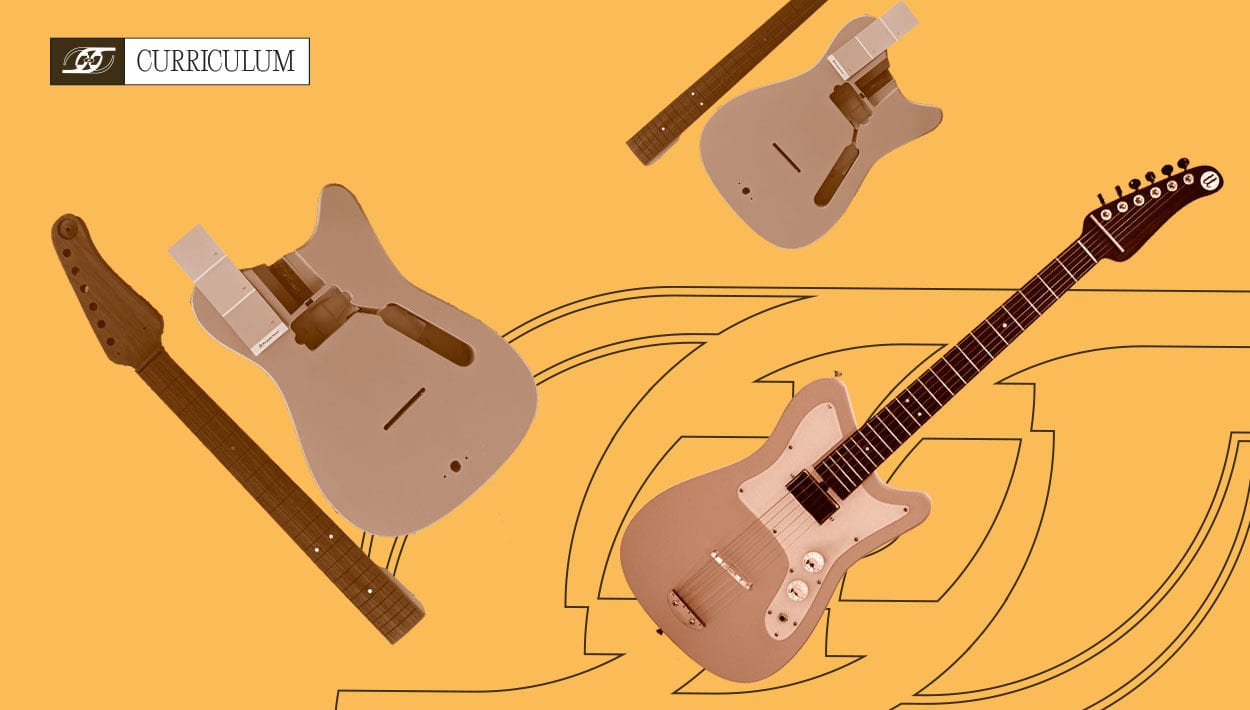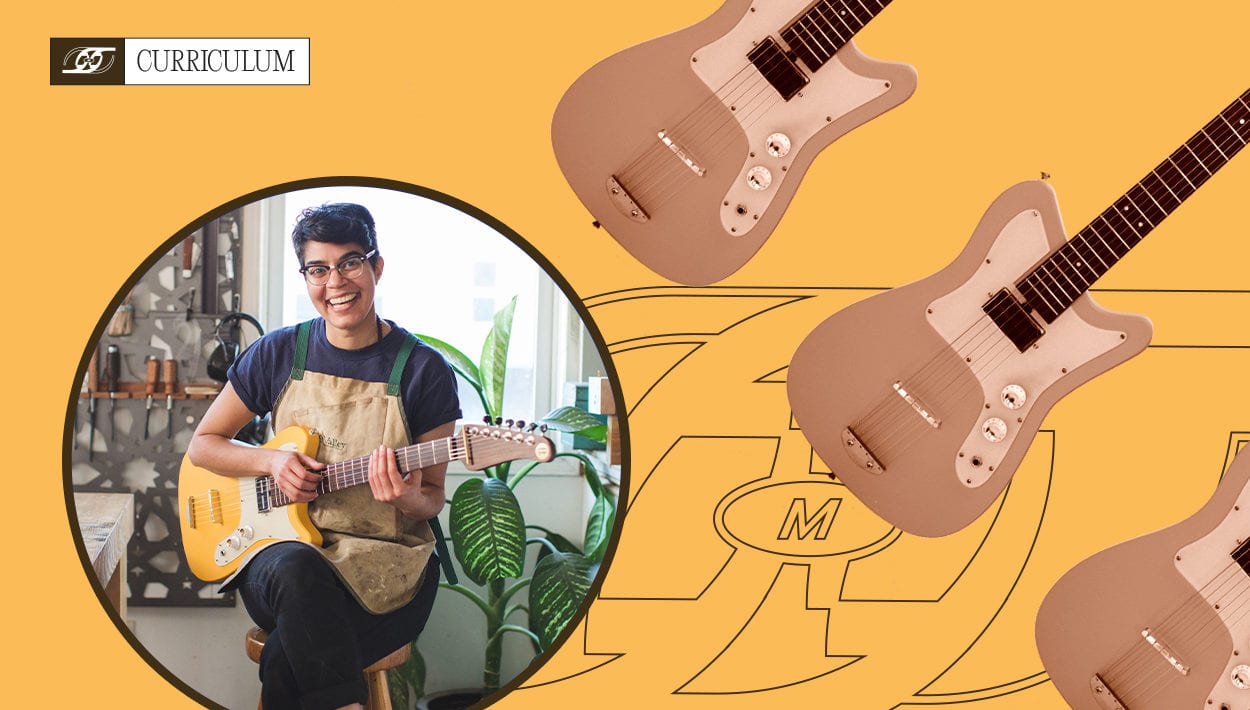Introduction to Alternate Tunings: Getting Started
If you’re a beginner, this is a great way to explore different sounds while your fingers get used to the strings and your hands get used to the neck. For more experienced players, this allows you to explore beyond the chord shapes and scales that you’re used to.
January 4, 2021

















Comments
Hi I’m trying to receive some answers from you but your social media person hasn’t responded. So when you email out challenges are they supposed to be done on that day? Because I received 1/4 challenge for alternate tunings just now at 8:35pm EST on 1/4. Also my profile was private so I tried to upload igtv videos but I just want to make sure you’re actually seeing them so I can be considered for all 31 days. Thanks!
Comment by Julia Egan on January 4, 2021 at 5:35 pmExcited to experiment with alternate tunings for today’s 1RAD!!
Comment by Xtina on January 5, 2021 at 8:37 amI am experimenting with a 6 string Harlin bros pedal steel and have it in near open G: DGBGBD. I like this and have tuned one of four pedals to a an open G7 and and open GMinor and prefer that second B over the second of 3 D. I don’t know anything about music theory I’m just doing this all trial by error and gumption and absorption??✊???? I’d give more details but I need my notebook.
Comment by Liso on January 10, 2021 at 12:32 pmI like dating too! Dating websites are a wonderful experience in order to find someone really fast, and you don’t have time at all. This time, I was using https://www.cruzdate.com which is a perfect solution. There is a full research concerning matching, profiles, countries etc. You can get to know a lot of new people and to find your love.
Comment by Peter on February 15, 2021 at 7:16 amAlternate & different tunings are awesome & so much fun. It is a good way to create a mood or feeling that is completely different from standard tuning. Many of these tunings are used on some classic rock songs by several of the big names in that genre & there are also experimental & instrumental players that use these tunings as well. One of my favorite singer/songwriters of the 1990s was Chris Whitley. Chris used different tunings on every CD. Album he released never using the standard tuning once for any song . His first LP “Living With The Law” is an excellent recording & it is still in my rotation of CDs today even after I wore it out in the 1990s. Michael Hedges is another guitarist who was experimental playing instrumental songs & singing on some. He used many different tunings & I do not think he used the standard tuning once either. Both Chris W & Michael H died young unfortunately but they both left a decent amount of their work behind & I recommend checking them both out if you are interested in these tunings. It might surprise people to know several classic rock songs from the 1960s, 1970s & 1980s used open & different tunings. Open tunings work excellent for slide guitar. Keith Richards of the Rolling Stones mostly plays open G & most of the Rolling Stones songs are in this tuning with Ron Wood using standard tuning so they get both tunings on most of their songs. Gimme Shelter( the intro) Start Me Up, Give Me All Your Lovin” all use Open G. Led Zeppelin used Open Tunings & also used Modal Tunings. Jimmy Page used the tuning DADGAD quite often & that tuning sounds amazing!! It can create a Middle Eastern sound at times and was/is used in some music in Morroco. I always keep one of my “beater” acoustics tuned to DADGAD & use Open G at times. Some Led Zeppelin songs that use DADGAD are “Black Mountain Side” “Kashmir” & the “Acoustic 1995” version of “No Quarter” I can play all of those songs & the acoustic version of No Quarter sounds incredible in my 12 string which is what Jimmy uses for that song. The Rain Song by Led Zep is also in a modal tuning. Led Zeppelin used open G & Open E on several songs as well. “That’s The Way, Bron Yr Stomp” “Traveling Riverside Blues” “Going To California” “In My Time Of Dying” all use Open G & they are fun songs to play on acoustic. Led Zeppelin also uses Open C on the songs “Friends” from Zeppelin III & “Bron Yr” from Physical Graffiti. Bron Yr is a beautiful instrumental & not to be confused with their other song I mentioned “Bron Yr Stomp” Also the classic hit by Zeppelin “When The Levee Breaks” is in Open E. I was heavily influenced on acoustic by Jimmy Page/Led Zeppelin so I learned many of these tunings when I first bought an acoustic & it opened up another creative door for me. I love electric & never get bored with it but I also need to play acoustic & use these alternate/different tunings. The Black Crowes song “She Talks To Angels” is in Open G along with some of their other songs. Many “Grunge” Bands & Metal Bands use Drop D tuning quite often. Tool uses Drop D on basically every song they write. Kings X uses Drop D often, Alice In Chains, Nirvana all use Drop D frequently. Jimi Hendrix used Drop D often & tuned down either a 1/2 step or even a whole step sometimes. Stevie Ray Vaughn also used Drop D & tuned down a 1/2 step on almost all of his music. Eddie Van Halen .. Drop D & tuned down a 1/2 step. Yvette Young from the band “Covet” uses different tunings on all her music & she has such a unique sound & is always looks so happy when she plays. She has created her own awesome sound and has done it at a young age. She is a virtuoso in my opinion & I can’t wait to see how her career goes & cannot wait to hear more of the art she will be putting out. If you have not heard of Yvette Young or Covet I highly recommend checking them out both she & the band are amazing. These tunings work in almost any genre as well. That is why I tried to list many songs by many different bands & artists. If you are in a rut or bored with playing start experimenting with these tunings & I bet you will be happy you did. I could list many more bands & artists who used different tunings or modal tunings I am sure I forgot a few. I am hoping I am able to show how versatile these tunings are regardless of the genre & also hope my love & excitement for tunings such as DADGAD or Open G comes through in this post. If you need help getting started with using these tunings there are many resources online for free that discuss them & show examples of songs & artists who use them. There is also a lot of free tablatures available showing how to play many of these songs. I wish I had the resources available today when I started playing. You can also ask people for advice on or how to use them. There are plenty of people around like me who loves to assist people in how to start using them. Like the author of this article stated, make sure you buy a few extra sets of strings & do not get discouraged if you break a few dozen strings while learning them. 🙂 Keep on going with them & before you know it you are not breaking strings anymore & you are creating different & even exotic sounds at times & people do notice when you sound different from the average guitar player. These tunings can give you an edge that makes you stand out & make people remember you as a player. Thanks for posting this article “She Shreds” I am so happy I came across this site today it made my morning & I think I know what tuning I will be playing later on this afternoon. 🙂
Comment by Eric Calley - Please use Eric Cyg if you need to post 1st & last names. Thanks :) on May 3, 2021 at 4:54 amWe assure that we prioritize quality and productivity so that no student has any complaints regarding our website. This is abest writing website for essaysare available to you now.
Comment by grademiners on October 16, 2021 at 4:51 amWe assure that we prioritize quality and productivity so that no student has any complaints regarding our website. This is abest writing website for essaysare available to you now.
Comment by Logan628 on October 16, 2021 at 4:52 am